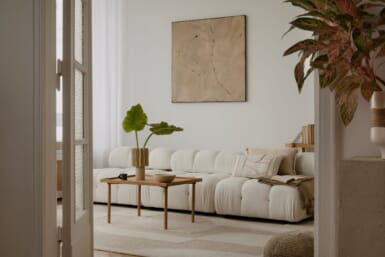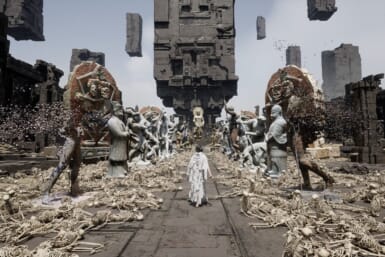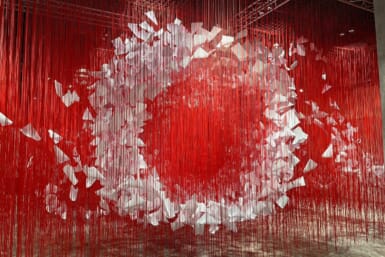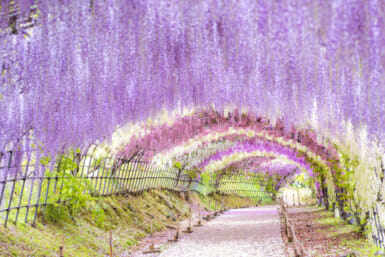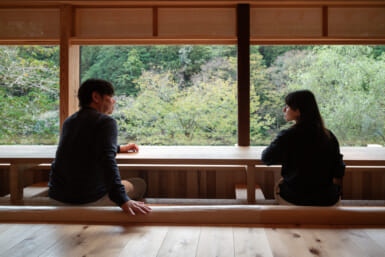A couple of weeks ago, I met a woman named Michiko Ogura who announced with tongue-in-cheek pride that she represented the smallest gallery in Tokyo — and added, “…maybe in Japan.”
Now how could I possibly turn down an opportunity to see something like that? Would it be one of those tiny buildings jammed in a space where no building was meant to go? Would it be in a broom closet?
Would it be bigger than a bread-box?
When I arrived at the spot in Omotesando where the gallery map had led me, I realized that where the gallery ought to be was something that appeared for all the world to be an apartment building. And at one time it probably was. But there was a sign on the outside wall. And inside: one little tiny room with great big photos.
Void+ calls itself an experimental art space, its name evoking an image of something hollowed out, rather than a room… with a “plus.” (There’s also some nifty word-play involving the Japanese pronunciation of “+” but I’ll leave that to their website to explain.) The plus, we can safely assume, is carefully considered art.
Run by design studio Azone + Associates, the gallery does a handful of shows each year, altering the tone and hue of the space according to the show’s needs.
While I can’t speak for all of Japan, I have definitely never seen a smaller gallery. Void+ is only seven square meters, with a low ceiling and a little tiny side-room for pamphlets. But there is also a salon space in the same building where the group runs various events, talks and workshops. Perhaps there are smaller spaces containing art somewhere in this city. It wouldn’t surprise me. But if I had to qualify the claims, let’s go ahead and say that it is certainly the smallest serious gallery in the city.
Currently, Void+ is showing PROGRESS — four photographic works by Belgian artist Ives Maes. These four transparencies, displayed in odd stand-up cardboard frames, are each images of sites developed for world expos — more specifically, sites which have become overgrown, run down or forgotten after their expos were over. To this mix, he occasionally adds post-apolcalyptic figures — a lone man in Mad Max couture carrying a gun. An alien figure crossing a bridge. They are visions of dystopic futures, yet their settings are very real.
Void+ is always going to be a claustrophobic space, and with Maes’ works, it adds a strange sense of being trapped in a sterile white room, reviewing images of possible futures, possible nows, none of them (save the Eiffel Tower image) seeming much better than the others. And each showing sites that were once intended to give us glimpses of a beautiful future, now fallen into disrepair.

The current show ends this Friday, so if you’re keen on a little post-apocalyptic fun (with not-so-subtle references to X-Men for you arty comic geeks) you’d better find this needle in Tokyo’s haystack now. But that’s easy right? You’ve got the Interwebs.
I was gutted to discover I’d missed a showing of Kazuna Taguchi’s work at the same gallery. So right now, this particular void seems full of potential.
-Owen Schaefer


